Koi A - Cyprinus carpio
incl. VAT plus shipping costs
Immediate delivery, express possible ![]()
More than 20 Articles in stock
- Item no: 6203
Fast delivery times
All products are in stock with us!14 years of breeding experience
Let our team of experts advise you!High customer satisfaction
from over 3,000 reviews "The Japanese term for the multicolored patterned Koi carp is Nishikigoi, which translates as brocade carp. Japanese koi are a particularly beautiful, elongated large breeding form of carp(Cyprinus carpio). Koi carp grow significantly older than other fish in the garden pond, they can reach an age of up to 60 years. Adult Koi also reach a proud length of around 100 cm and can weigh well over 20 kg.
Our Koi A are a colorful mixture of Koi carp fish in various great colors and patterns. The patterns have different Japanese names. Our variegated carp fish can be one color, two color or three color and have different patterns. Our A koi have silvery, greenish, bluish, golden yellow, or orange undercolor and sometimes red or black patterns. In our A koi, the boundaries of the colors are sharply defined, a result of careful breeding selection and meticulous breeder work.
Our colorful A Koi need the company of a swarm of conspecifics, a group size of at least 5 more or less equal Koi is the minimum. Only then do these great carp fish show their fascinating social behavior. Koi should never be kept singly. Neither the color nor the shape of the fins plays a role in the koi in the initial group, so you can confidently mix the patterns to have more variety in the pond.
You can either keep the group of koi alone in your backyard pond, or socialize them with other species of fish. It is important to have rather calm by-fish that do not disturb, especially during hibernation. Very suitable are for example rudd, roach and golden tench, but also moderlieschen or gudgeon.
Especially for larger koi fish it is practical if they can overwinter in the garden pond. For this purpose, the koi pond must be dug out to a depth of at least 130 cm so that the water does not freeze through to the bottom of the pond. The koi pond should not be in full sun or deep shade all day. An oxidizer for garden ponds provides additional oxygen in the warm summer , and an ice freezer in the winter. A protective net protects the valuable koi carp in the garden pond from voracious herons. The gentle giants for the garden pond need accordingly much space, at least 5000 liters for 5 koi or more, and for each additional brocade carp another 1000 liters of pond volume in addition.
Without a pond filter in the koi pond is rather not possible, because the big carps have a really very active metabolism and therefore can load the water relatively strongly. The filter for the garden pond with koi must be dimensioned accordingly large, so that algae plagues can be reliably prevented and so that the koi find the water in the pond that they desire as unpolluted as possible.
Pond plants at the pond edge and in the p ond, in combination with the pond filter, additionally ensure clear water and consume excess nutrients in the koi pond water - this is the best way to prevent algae and cloudy water. Koi, for example, do not eat water lilies as often as finer or softer pond plants, and reeds in the riparian zone are also good at drawing nutrients from the water. A shallow, heavily planted water zone where the large koi cannot advance provides additional plant mass following steep pond banks and even more pollutant removal in the koi pond.
If you want to breed the koi, this shallow water zone is additionally practical. Here the young koi find refuge and can grow up without being eaten by the old fish. For egg laying, you can offer the female koi spawning brushes or spawning mops in the pond, to which they can attach their far more than 500,000 eggs. The spawn is then allowed to hatch in the shallow water zone. Koi offspring in larger numbers are brought through in an appropriately large cold water aquarium .
Koi feed omnivorously, they eat algae and water plants, but also small animals such as worms, insects and insect larvae, smaller to larger crustaceans and other animals in the pond, which they get hold of by digging intensively in the mud on the pond bottom. In addition, the koi carp in the pond get a high-quality koi food as a supplement. In winter, because of hibernation, they are not fed at all. In spring and autumn there are smaller portions and in summer then the full amount.
| Scientific name | Cyprinus carpio |
| German name: | Koi A |
| Difficulty level: | for beginners |
| Origin/Distribution: | Japan |
| Coloration: | solid, bicolored, rarely tricolored, red, red and white, black and white, bluish, greenish, silver, golden yellow, golden orange, copper or brown, some with black or red pattern. |
| Age expectancy | 60 years |
| Pond size: | at least 5 cubic meters for five fish, 1000 liters for each additional koi |
| Food | Omnivorous, plants, insect larvae, insects, worms, crustaceans, special koi food |
| Breeding | relatively difficult in the pond |
| Behavior | Diurnal |
| Group size | from five fish of the same size |
- Item no: 6203
- EAN No.: 7427061493955
Entdecke die Garnelio Welt!
Garnelio gehört zu den größten Onlineshops für wirbellose Aquarientiere weltweit.
Viele Artikel gibt es exklusiv nur bei uns im Shop.

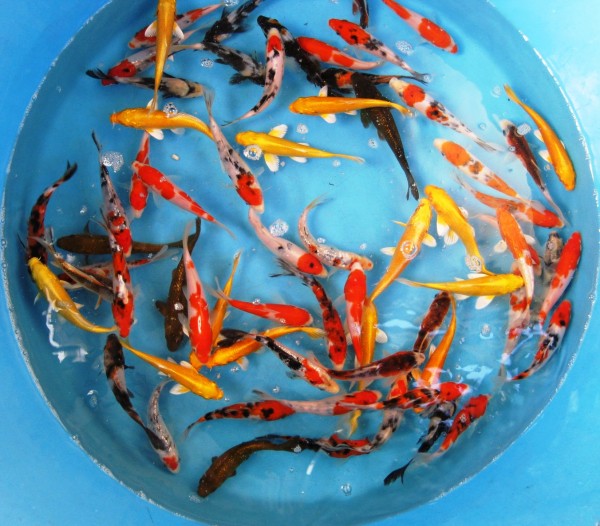

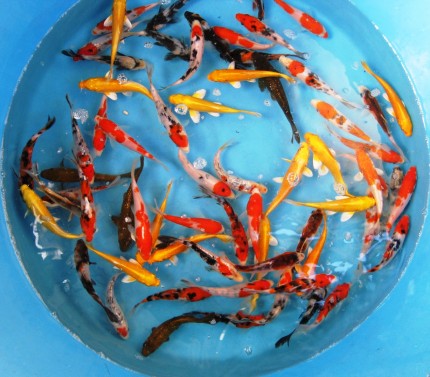
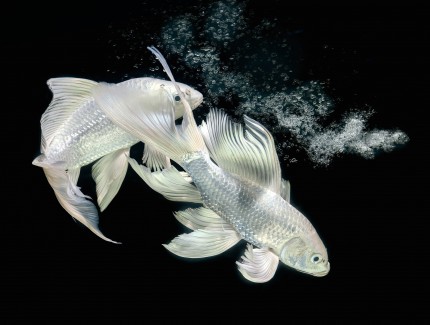
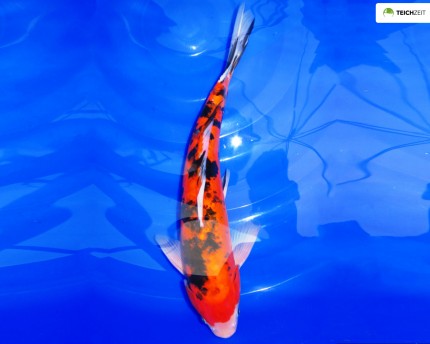

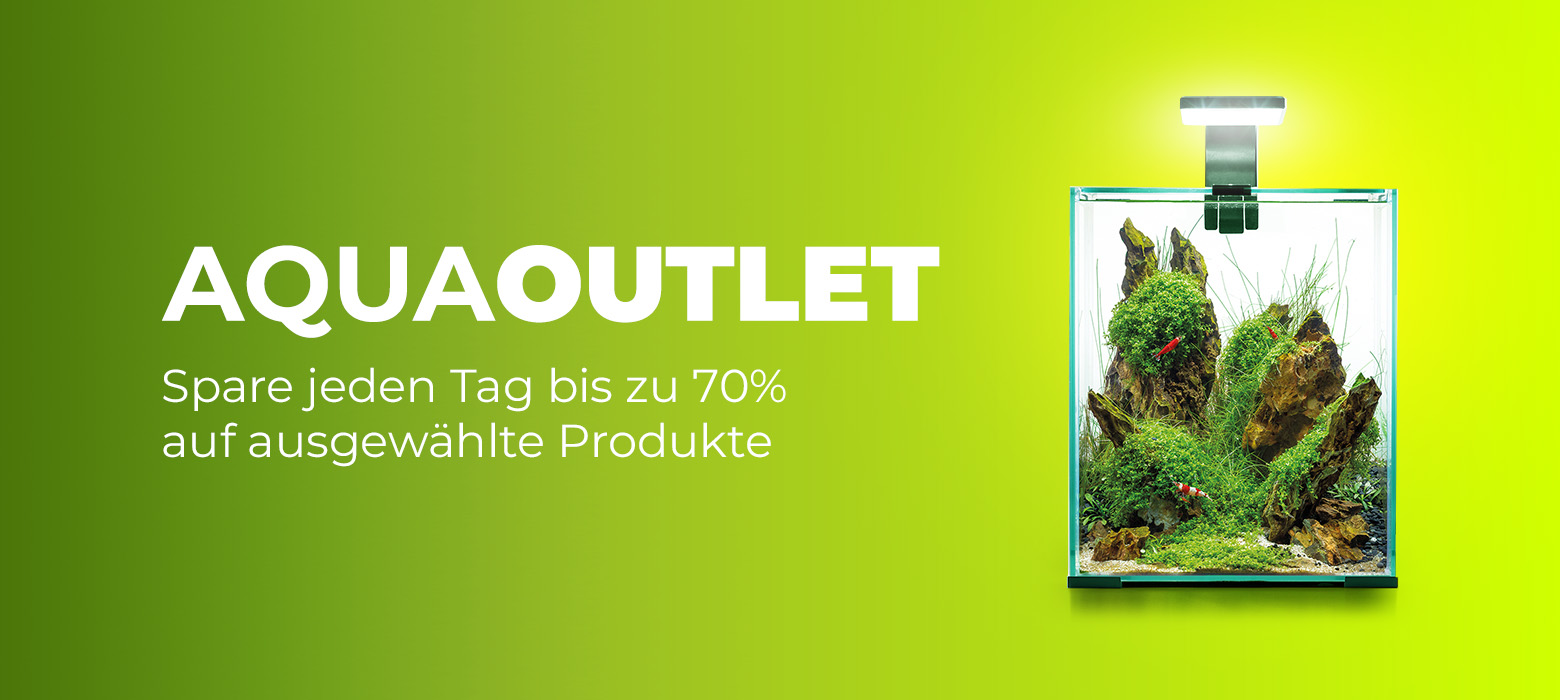
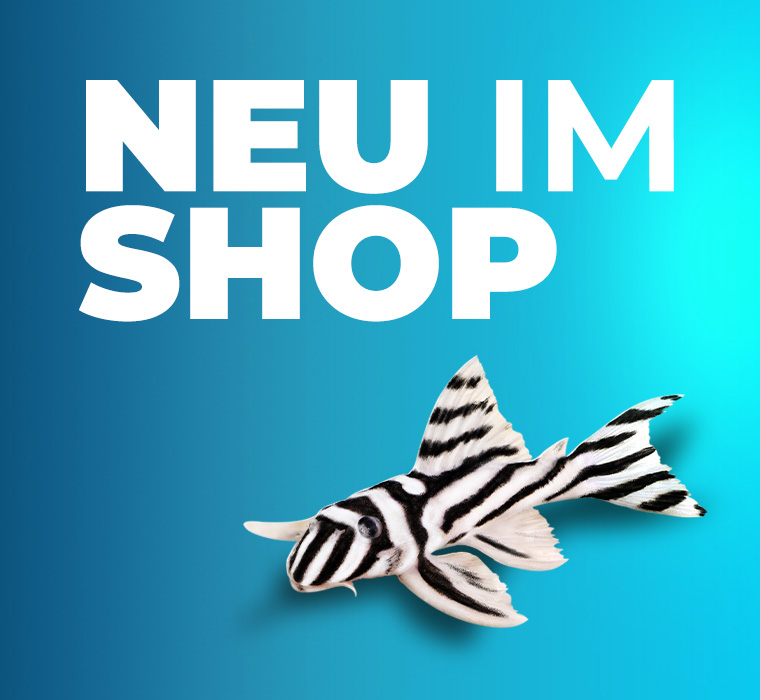
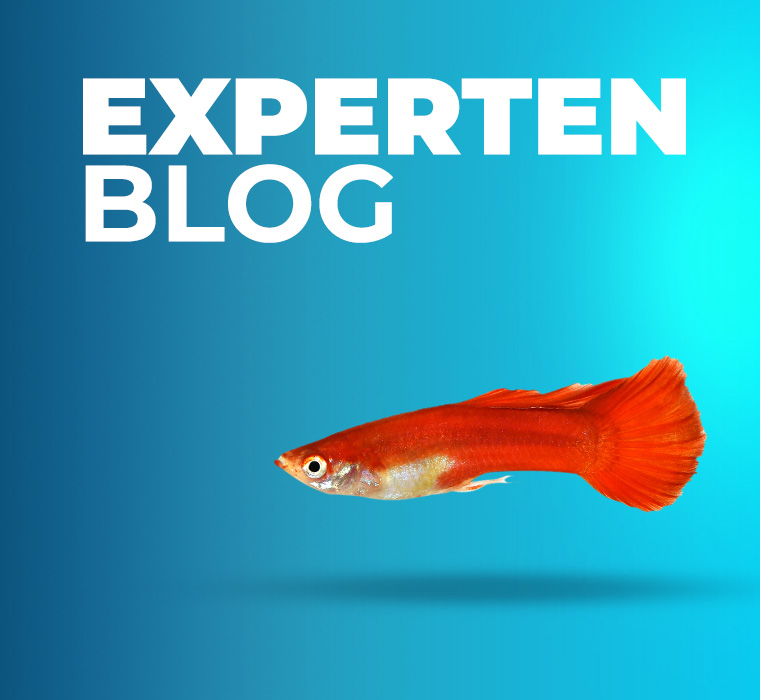
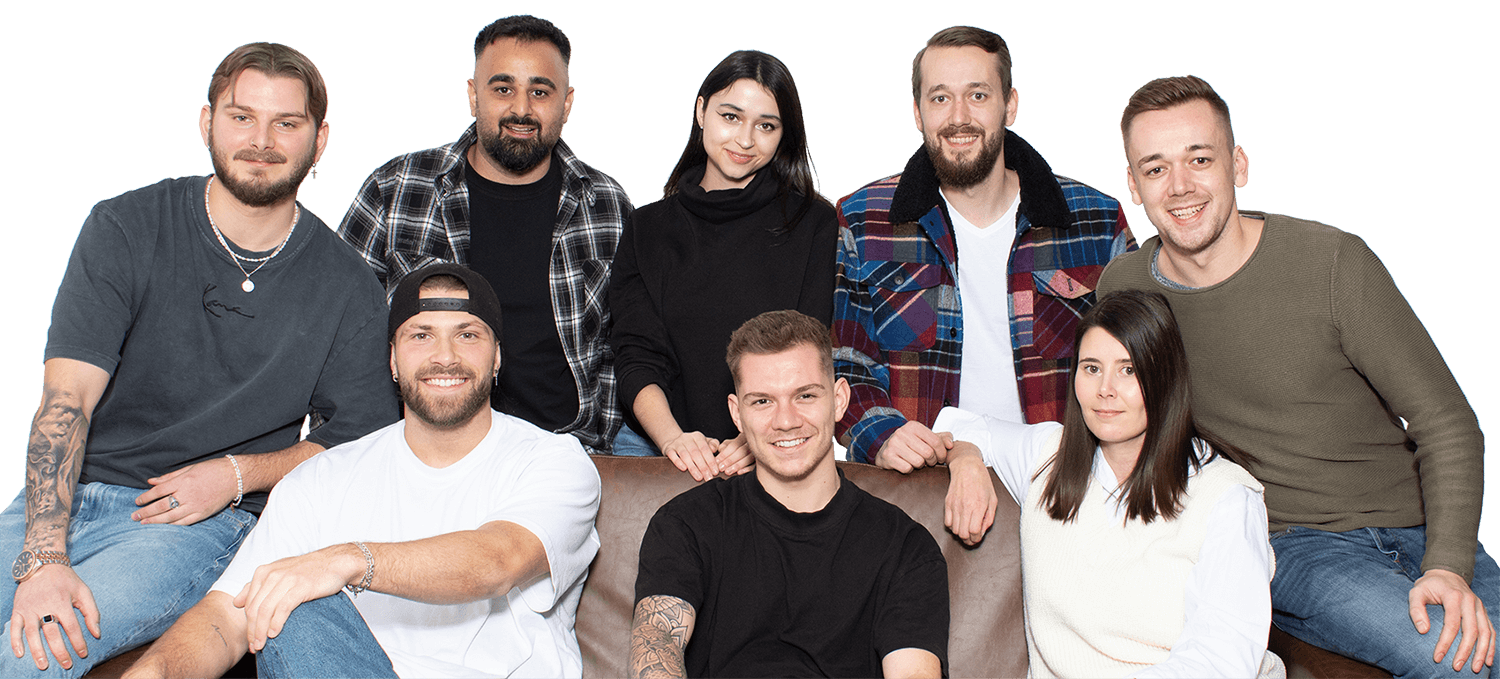
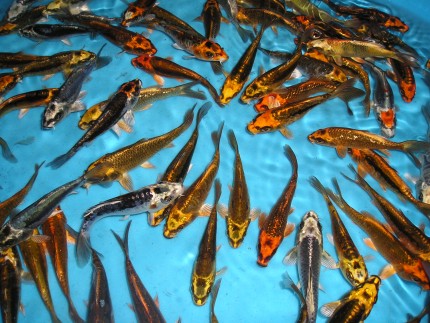
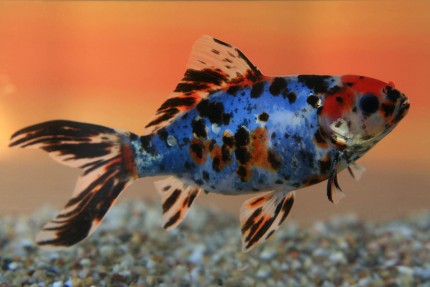
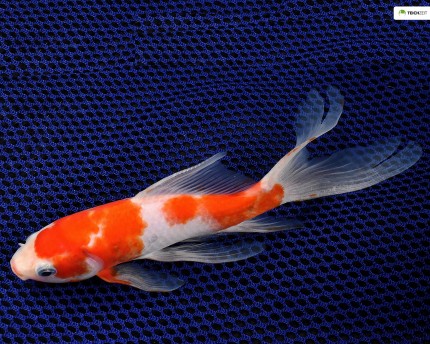
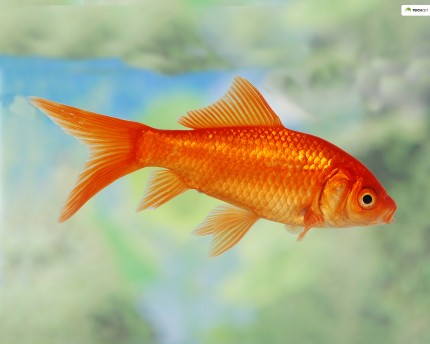
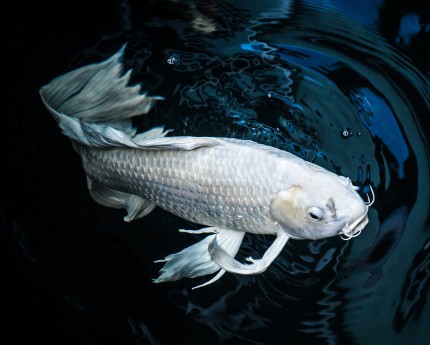
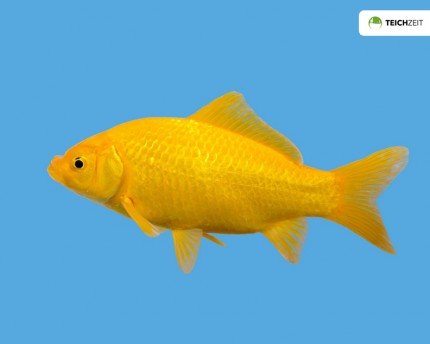
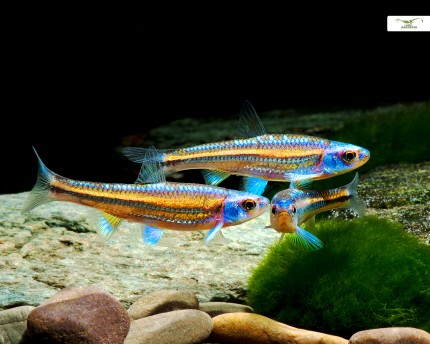
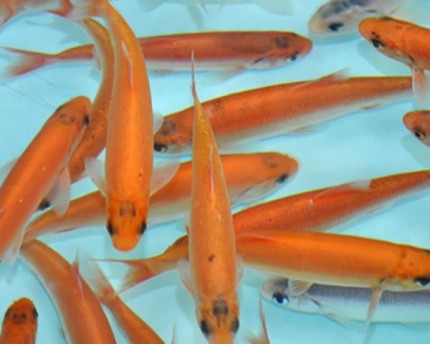
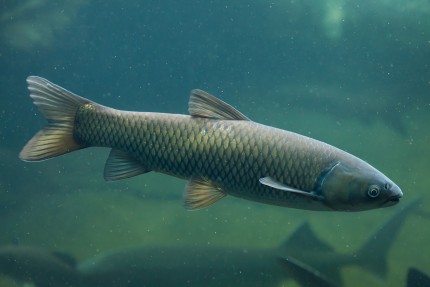
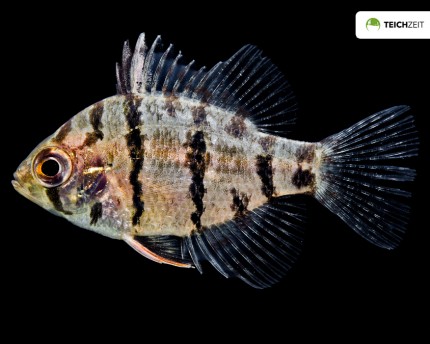
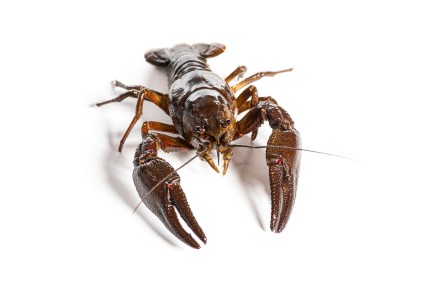
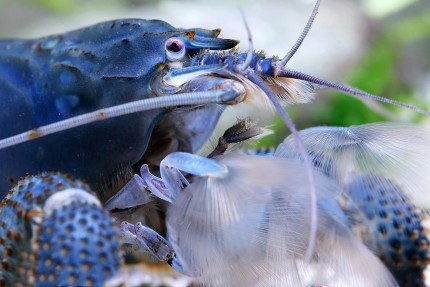
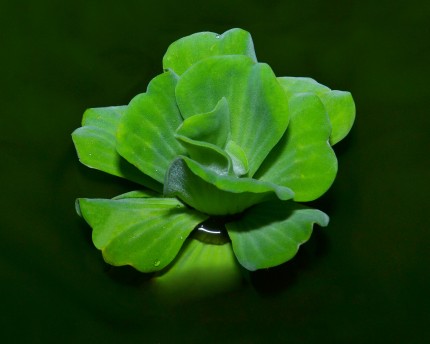
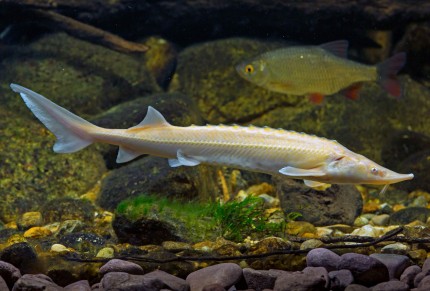
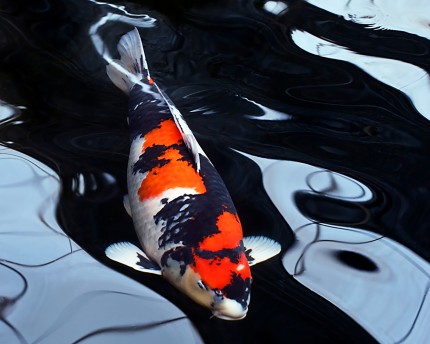
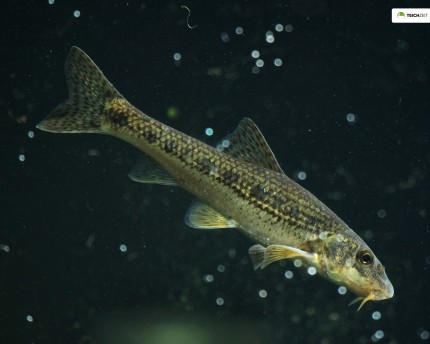
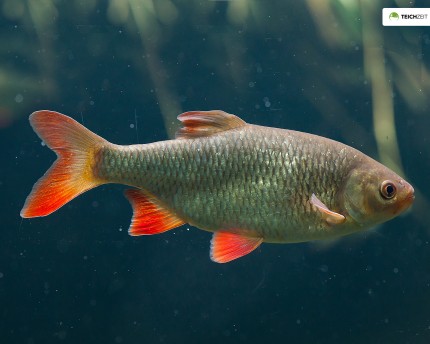
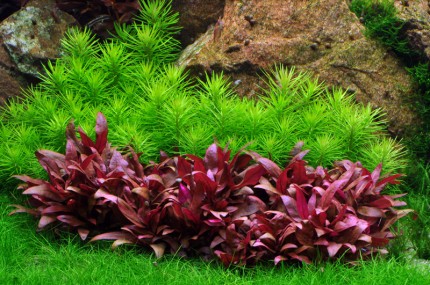
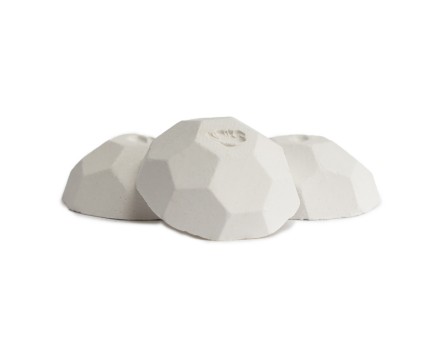
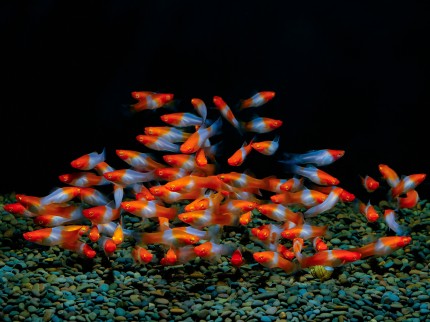
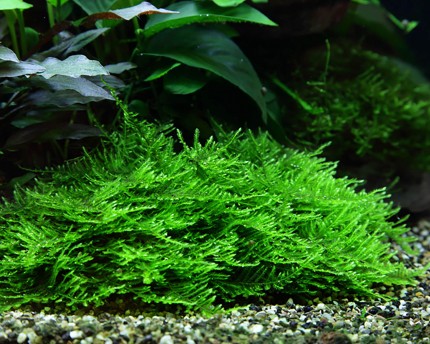
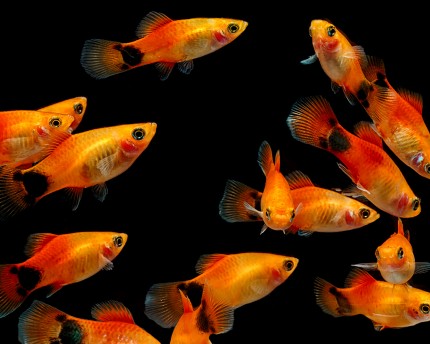
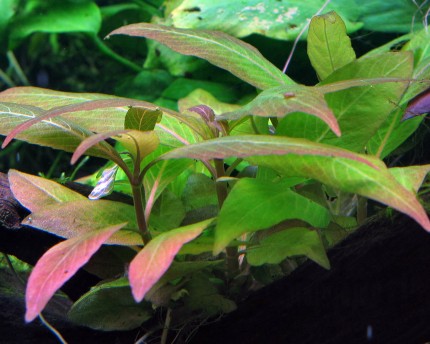
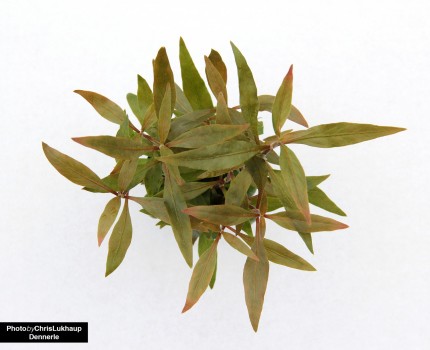
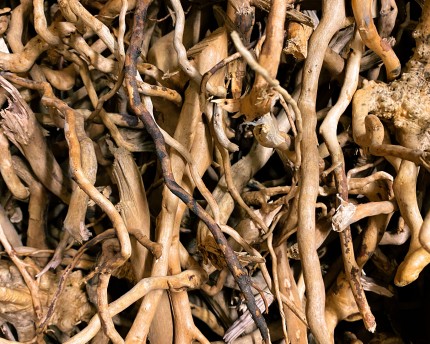
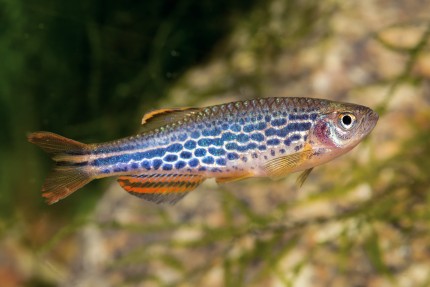
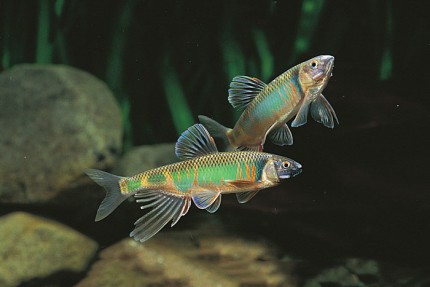
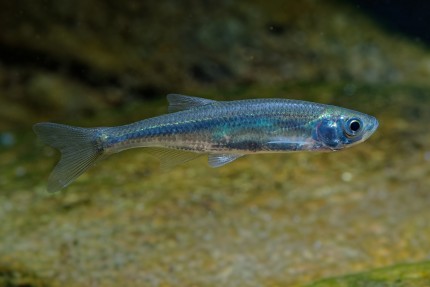
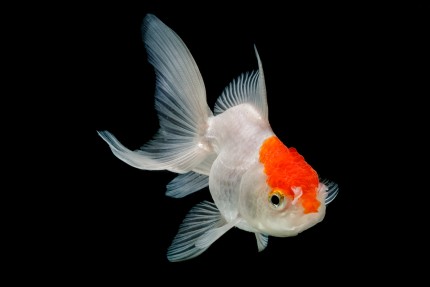
The fields marked with * are required.
I have taken note of the privacy policy.